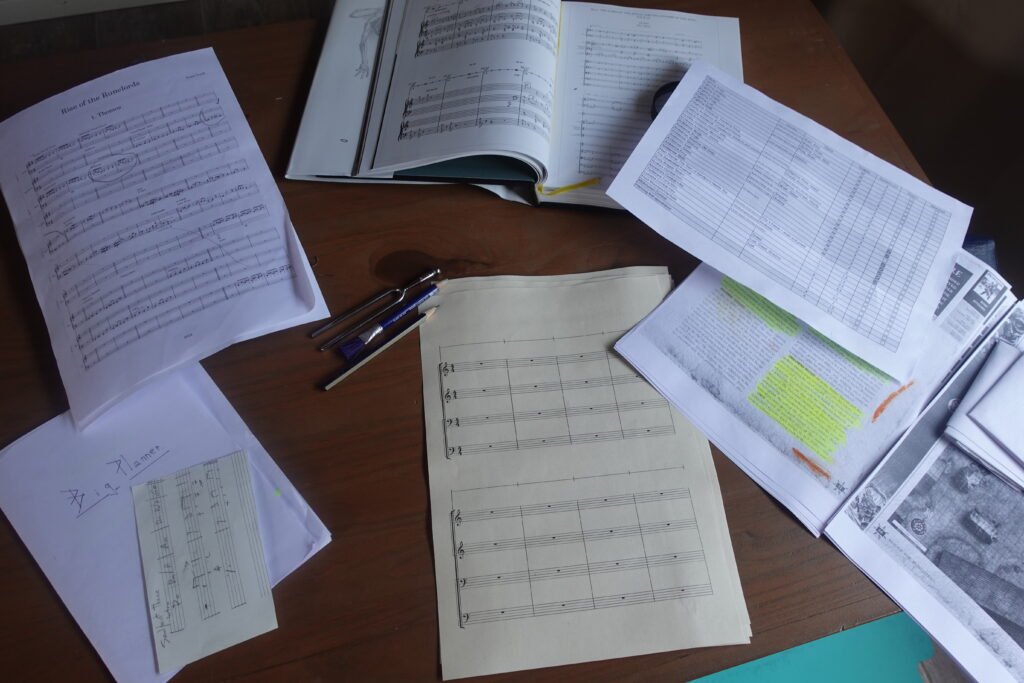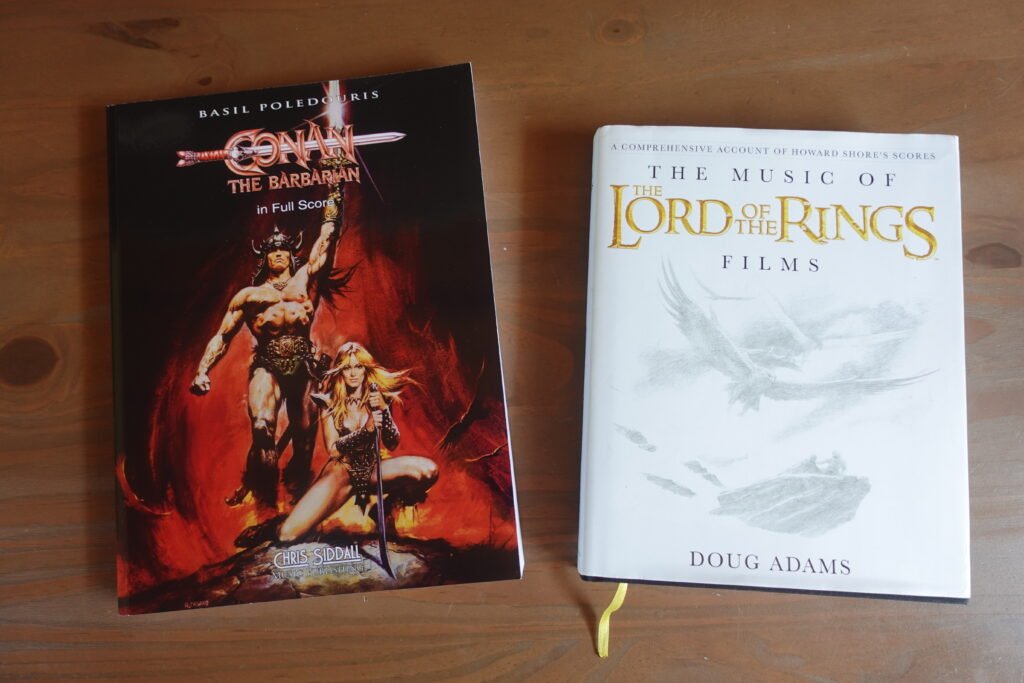Case Study: Worldbuilding through Music – Scoring for Rise of the Runelords
NewsI was invited by Michael Ghelfi Studios to write music for the amazing Paizo’s Rise of the Runelords. An opportunity for which I’m tremendously grateful.
Creating music for a beloved world like Pathfinder’s Rise of the Runelords requires deep immersion, narrative awareness, and careful worldbuilding through sound. For a project like this, which involves a complex setting filled with characters, themes, and lore, my focus as a composer has been to bring each narrative element to life through musical storytelling. This approach of connecting the dots—between lore, character arcs, and in-game tension—has transformed the project into an immersive experience for both players and Gamemasters.
Step 1: Immersing in Rise of the Runelords

Before writing a single note, I set out to fully absorb Paizo’s Adventure Path. This meant reading through the entire story, every plot twist, character backstory, and detailed world description. For me, music has to be a language that tells the story as much as the words on the page. As I read, I made extensive notes on each section, focusing not just on the obvious story beats but also on subtleties like the emotional currents beneath the action, hints of foreshadowing, and how different characters embody the virtues and sins at the heart of the narrative.
By the end, I wasn’t simply “familiar” with the storyline; I was attuned to its rhythm, its highs and lows, and the ways each part of the adventure could be musically enriched. It’s this kind of immersion that allows the music to feel like an organic part of the storytelling, rather than an add-on or background layer.
Step 2: Building Themes for Virtues and Sins

One of the most exciting parts of this project was developing 14 distinct themes that each represent different virtues and sins central to Rise of the Runelords. This approach allowed me to give a unique musical identity to each virtue, like charity or love, and to each sin, like greed or wrath.
Connecting these themes across the different arcs of the story helps bring coherence to the world and provides Gamemasters with music that they can use as narrative anchors, enhancing the overall drama and immersion for players. With each piece, I wanted listeners to feel like they were experiencing these qualities firsthand as if the virtues and sins themselves were taking part in the game.
Step 3: The Art of Narrative-Centric Music

As a composer dedicated to narrative and worldbuilding, I believe that music should feel like an active storytelling device, not just a sonic backdrop. Music has the power to underscore a story, foreshadow an encounter, and convey unspoken emotions. In today’s landscape, I often feel that soundtracks lean heavily on atmosphere or aesthetics without carrying the narrative weight they could. For Rise of the Runelords, my approach was to give each theme its own story arc, so that even in a single track, players and Gamemasters experience a mini-story that reinforces the gameplay and connects to the main elements of the story.
Final Thoughts on Worldbuilding through Music

This project has underscored for me how valuable narrative-driven music can be in enhancing a world setting. By tailoring each piece to the themes and story arcs in Rise of the Runelords, the music becomes an integral part of the game’s storytelling, not just a background element. For any Gamemaster, having a soundtrack that connects to the world’s lore and characters can deepen the experience and make the world more immersive. It’s this approach—seeing music as a language for worldbuilding—that I hope can inspire more storytelling-driven soundtracks for games and adventures alike.